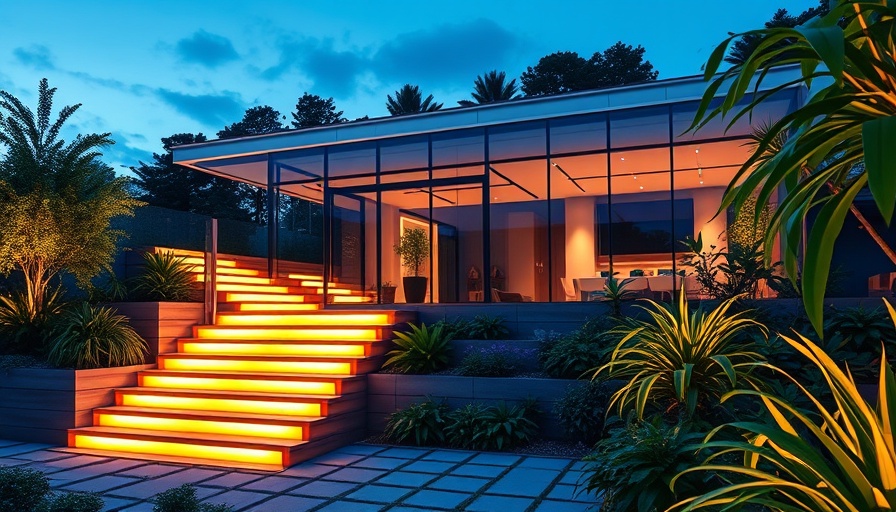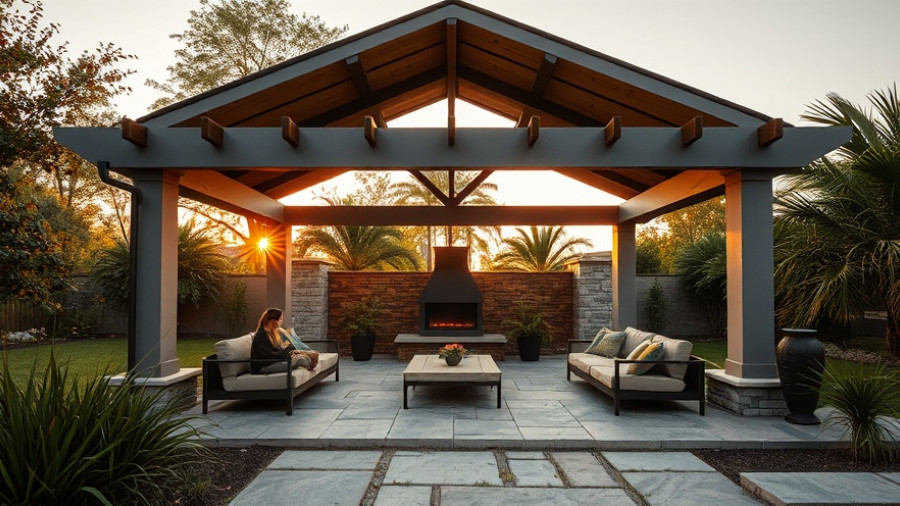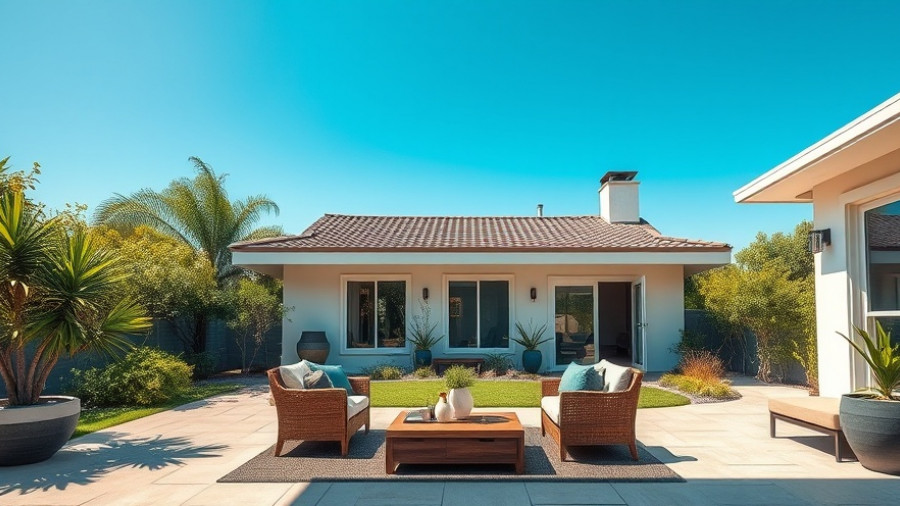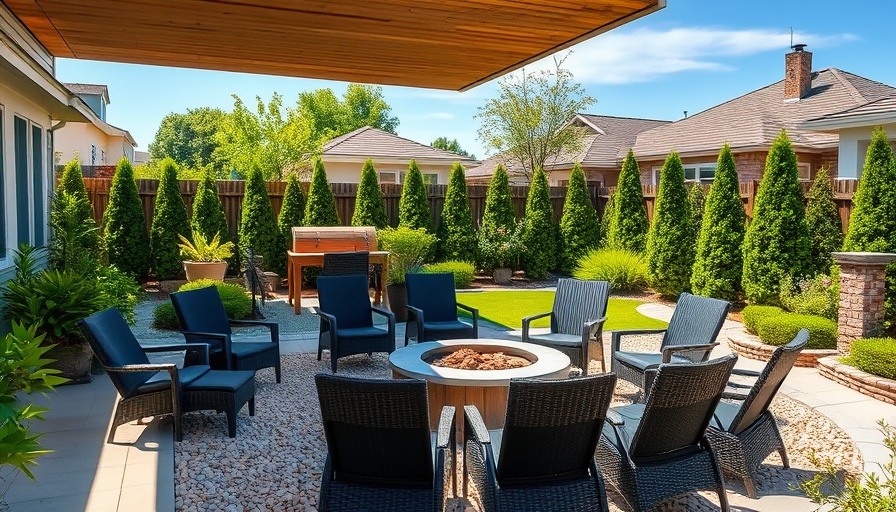
Unlocking Outdoor Potential: When to Enlist a Landscape Architect
Every homeowner dreams of an outdoor haven, a space that reflects personal style and enhances property value. Landscape architects are essential allies in this journey. Their expertise lies not just in crafting visually stunning gardens but also in ensuring that these designs seamlessly integrate with the architecture of the home and the surrounding environment. If you’re on the fence about hiring a landscape architect, consider these ten compelling reasons to take that leap.
The Perfect Blend: Architecture Meets Nature
One primary benefit of hiring a landscape architect is their ability to create designs that align perfectly with the architectural features of your home. For instance, a landscape architect can help extend your home’s style outdoors. Imagine a modern house surrounded by contemporary landscaping that opens up views of the nearby mountains, much like the design executed by Dale Schafer of Wagner Hodgson Landscape Architecture in Hudson, New York. This thoughtful integration enhances both aesthetics and functionality, inviting nature into your daily life.
Navigating Challenging Terrains
California homes, often characterized by unique terrains and microclimates, present special landscaping challenges. A landscape architect is adept at crafting designs that accommodate these physical barriers while maximizing the use of your outdoor space. Whether it’s managing steep slopes, rocky soil, or uneven ground, a professional can propose solutions that transform limitations into opportunities.
Boosting Property Value with Expert Touch
Did you know that strategic landscaping can significantly enhance your property’s market value? Properties with well-planned and maintained outdoor spaces often sell for more than their less landscaped counterparts. Homeowners looking to sell their California property should consider investing in a landscape architect to design an appealing outdoor area that showcases their property's best features and broadens its appeal to potential buyers.
Designing Functional Outdoor Spaces
Many homeowners desire their outdoor spaces to be functional as well as beautiful. Attributes such as seating areas, outdoor kitchens, and play zones can elevate how you utilize your yard. A landscape architect can help tailor these spaces to meet your specific needs, ensuring they balance aesthetics with practicality. Think about how a well-placed fire pit can create a cozy gathering area—an example of merging design with functionality.
Environmental Considerations and Sustainability
With an increased focus on eco-friendliness, landscape architects are ensuring that their designs are sustainable. This means using native plants, creating rain gardens, and implementing efficient irrigation systems. Not only is this beneficial for the environment, but native plants also require less maintenance and hold up better in local climates, making them ideal for California homes. One can enhance beauty while being responsible to nature.
Seasonal Adjustments for Year-Round Enjoyment
Ever feel like your garden is lifeless in the winter? A landscape architect can assist in designing landscapes that offer seasonal interest. By selecting plants that bloom at different times of the year and incorporating hardscaping features, you ensure your garden looks inviting all year round. This seasonal strategy not only enhances beauty but promotes a connection with nature across all seasons.
Problem Solving for Unique Situations
Every outdoor facing challenge—from poor drainage to excessive sunlight—requires tailored solutions. Landscape architects excel in troubleshooting these issues. Their training equips them with diverse strategies to enhance and transform problem areas into beautiful, functional spaces.
Lowering Long-Term Maintenance Costs
A well-designed landscape can lead to reduced ongoing maintenance costs. By choosing the correct plants, materials, and systems from the onset, homeowners can minimize their workload, reducing water usage, and upkeep needs. Careful planning with a landscape architect can save considerable expenses over time.
Creating a Personal Paradise
Ultimately, hiring a landscape architect can help you realize your dream outdoor space—a sanctuary tailored to your needs, style, and climatic considerations. From personalized gardens to luxurious entertainment spaces, their trained eye guarantees that your vision comes to life.
In conclusion, if you find yourself grappling with any of the challenges mentioned, or if you’re simply seeking to elevate your outdoor aesthetics, engaging a landscape architect may be the best decision you make for your home. They bring valuable expertise that can transform your outdoor living experiences, providing benefits that are often underestimated. Add Row
Add Row  Add
Add 




Write A Comment